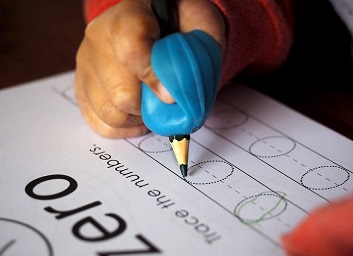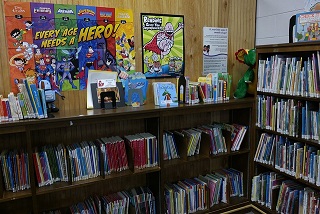Your cart is currently empty!
Tag: literacy
-

Science in Time-Short Classrooms, Post
Science in Time-Short Classrooms Simple Ways Science in Time-Short Classrooms has some ideas that are workable for busy teachers. It combines the science context with literacy lessons. Also, parents can follow these simple principles when teaching their own children in the home setting. 1 — A set reading piece on a science topic provides children…
-
Grattan Institute Education Nonsense
Grattan Institute Education Nonsense Dr Jordana Hunter has a PhD — but not in Education. Hunter’s areas of study are in Social and Political Science, Law and Commerce. She is one of the authors of the Grattan Institute Education Guarantee Report released in February 2024. Anika Stobart, the co-author, has first degrees in law and…
-

Vision Impaired Children – Lessons
Vision Impaired Children – Lessons Our lesson packs may be very suitable for vision impaired children. Link: Clear the Clutter, Post Lesson packs are in Arial typeface, 16pt up to Grade 5 or 6. Lesson packs are written in 14pt for higher grades. In some packs for Middle Primary School the written tasks section may be…
-

PIRLS 2021 Results Steady, Post
Results of PIRLS 2021 show student achievement in reading is holding steady.
-

Some Children Can’t Write, Post
Some Children Can’t Write Some Children Can’t Write but they can improve! Links: Upper Primary School, Page, Middle Primary School, Page , Early Primary School, Page, Early Secondary School, Page. These pages give you an overview of Tutoring Primary and many links to products. What affects people’s ability to write? This question includes “what affects children’s ability to…
-

NAPLAN Results 2022, Post
NAPLAN Results 2022 NAPLAN Results 2022 confirm the trend: for ten years literacy results indicate students are not moving forward between Grade 4 and Year 7. Australian schools are good at teaching early literacy. By Year 4, students can >decode the text on the page; >answer questions relating to the chronology of stories; >find explicit…
-

Teaching Grammar is Back, Post
Teaching Grammar is Back Teaching Grammar is Back and word has got around! On 22 September 2020 the Sydney Morning Herald published an article titled, “How does grammar help writing?” Changes in the New South Wales school curriculum are afoot to introduce the teaching of English grammar in explicit ways. It has always been there…
-
![Developmental Language Disorder [DLD], Post](https://www.tutoringprimary.au/wp-content/uploads/2022/11/download.png)
Developmental Language Disorder [DLD], Post
Developmental Language Disorder Developmental Language Disorder, or DLD, is the subject of two recent research studies. Well reported on the internet including in The Conversation. The term replaces Specific Language Impairment (SLI). This change is found in the DSM-V (English) and does not necessarily apply to medical terms in all languages. DLD means a person…
-

Reading – 3 Levels of Text, Post
Reading – 3 Levels of Text Reading – 3 Levels of Text of reading materials helps parents to help their children. Each text level has a purpose. Children choose their own readers or chapter books in the classroom. They are given reading time for pleasure. Usually, this takes place first thing in the morning or…
-

Handwriting – Improve It, Post
The 3-Point Principle is: Model the letter. Work on a couple of problem letters per week. Say: All downstrokes are straight, all upstrokes slant to the right.